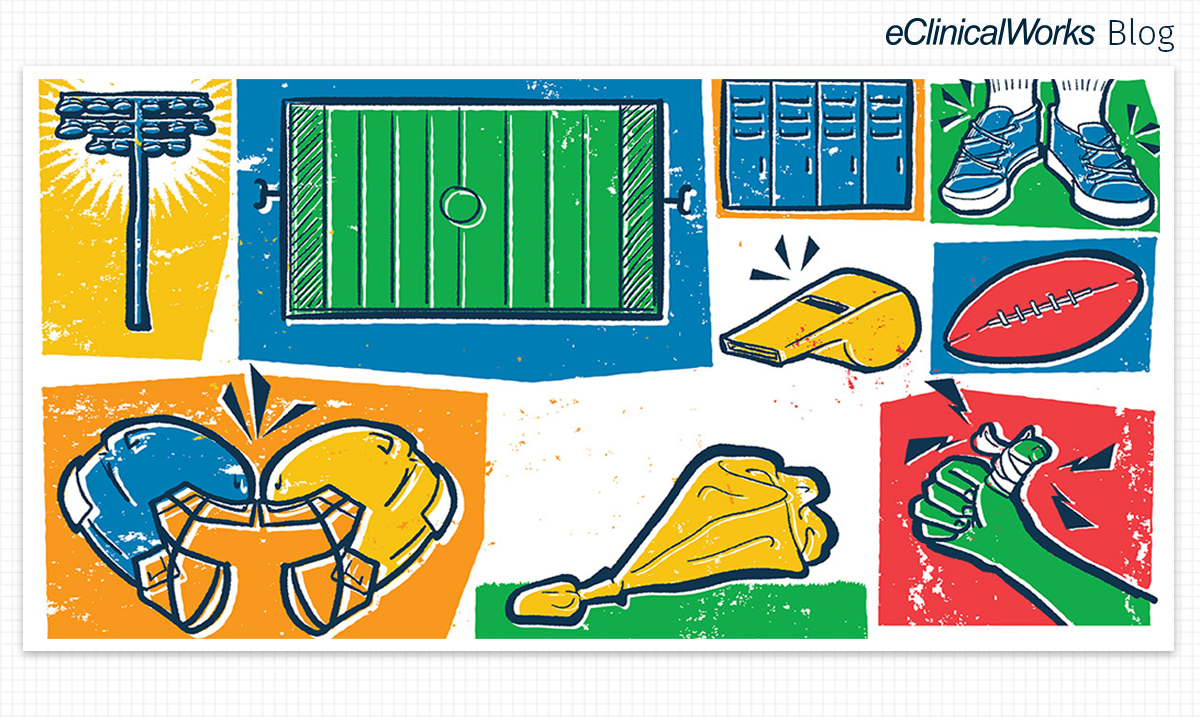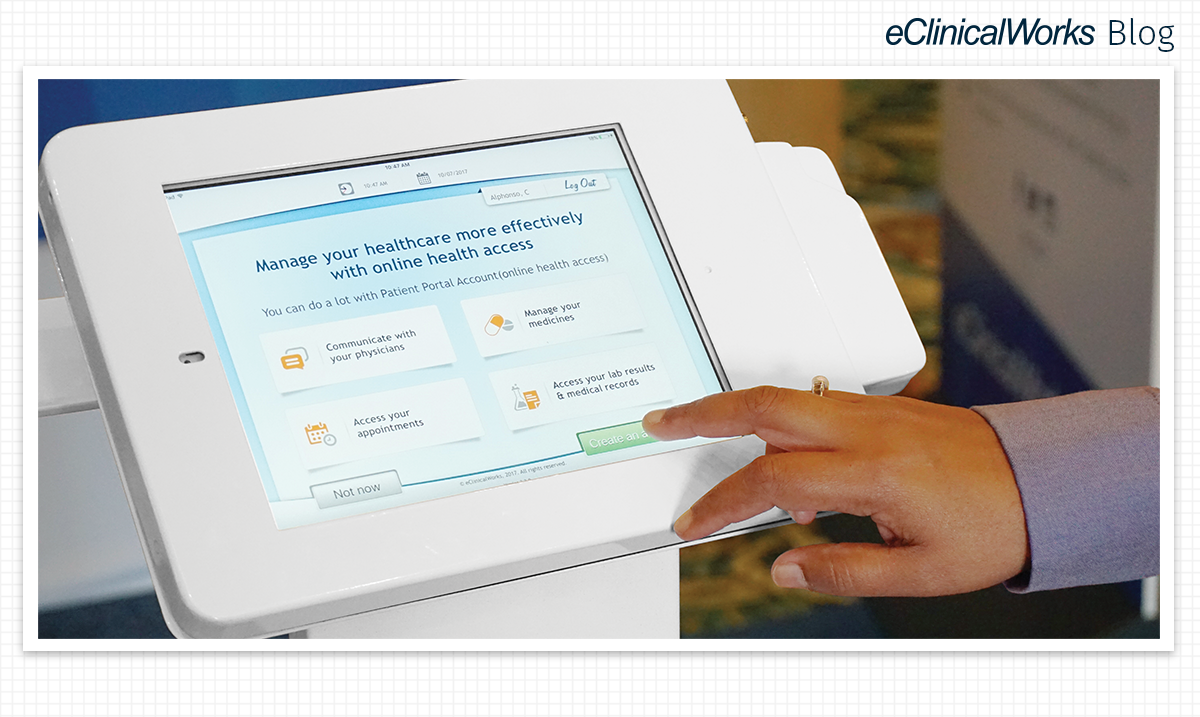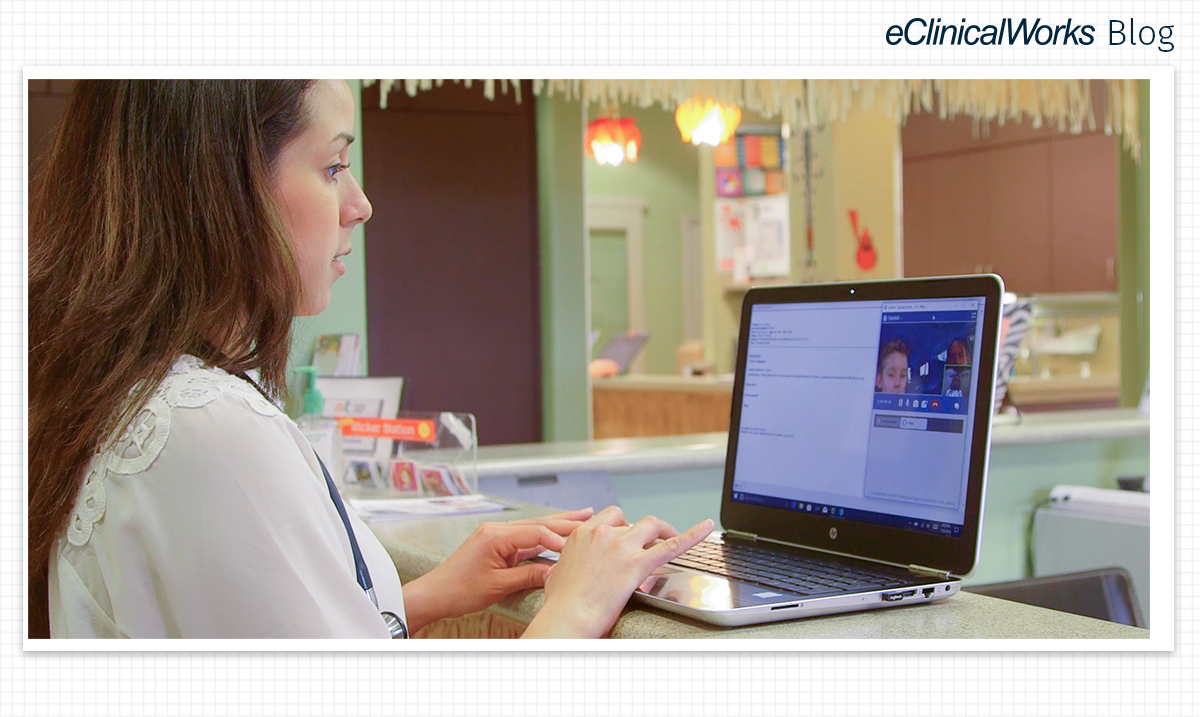It’s the last game of the season. The floodlights turn on – illuminating the crisp autumn sky and revealing the compact emerald turf. As you sit on the locker room bench, you hear the other high school students stamping their feet on the metal bleachers in anticipation. You stand up and rush through the tunnel, the nervous euphoria that was in your stomach now an all-encompassing focus on the game.
The whistle blows, you get the ball, your opponent comes directly for you. You shimmy to the left. They saw it coming. BAM! You’re on the ground. Waves of pain circulate from your thumb. Your coach tells you to wrap it. Later, when you take the bandage off, your thumb is more swollen than it had been before. The minute you see the doctor in the emergency room, they look at it and ask why you wrapped up your hand for a broken bone.
The doctor was able to determine how to treat the injury in seconds by simply looking at the hand. If the coach had access to a telehealth solution, a doctor could have determined what to do quickly and accurately. Utilizing telehealth for sports is just one application for this increasingly useful technology.





